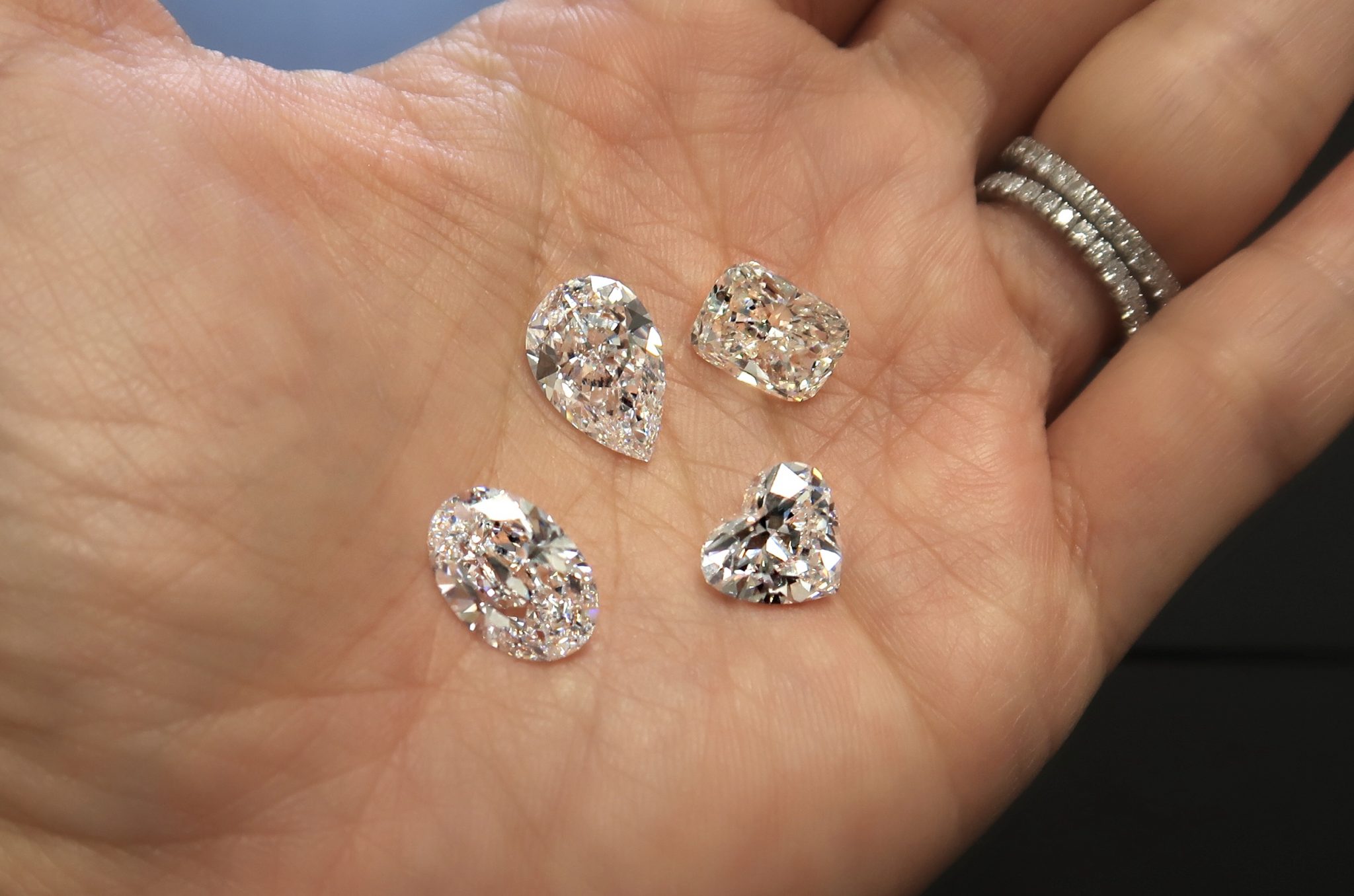Reliable, dependable, and high-quality zippers are always worth their weight in gold. You might not realize it, but this small device can easily make or break any accessory or garment.
These days, zipper sales are seeing a significant increase because of the continuous demand for quality zippers.
When choosing the most suitable zipper for your specific sewing project, there are many factors you should check such as the specific type of fabric, the length of the seam, and the design.
Before you buy zippers, first, it’s time to learn the anatomy of a zipper.
Table of Contents
Anatomy of a Zipper
Here are the different parts that make up a zipper:
1. Slider and Pull
This is the plastic or metal piece that closes and opens the zipper teeth by moving along the teeth track. The purpose of zipper pull is used to move the slider.
2. Stopper
The stopper is the metal thing found at the zipper teeth’s edge that prevents the zipper teeth from separating entirely. There are stoppers found both on top and at the bottom of the teeth. In the case of separating zippers, there is a box and pin mechanism used in place of a bottom stopper. This mechanism slides the zipper open and closes it.
3. Tape
The tape is the fabric on both sides of the zipper teeth. This is often made of polyester and is stitched to the fabric to attach the zipper.
4. Teeth
The teeth are the zipper’s central part. This is the zipper track that can be made of metal or plastic. These teeth are used to open or close the zipper.
What are the Different Types of Zippers Based on Mechanism?

-
Closed-end Zippers
This is your ordinary zipper that doesn’t separate at the bottom. The bottom end has a stopper that prevents the pull from separating and going further.
-
Continuous Zipper Chain
These are the extralong zippers that can be cut in your preferred length. These can go as long as 100 to 300 inches. The extralong zipper chains are often used for cushions, tents, mattress covers, garment bags, or others that require zippers that are longer than average.
-
Separating Zippers
These zippers have both ends open with a single slider. They feature a lock, which is the box and pin mechanism found at the lower part that is used for attaching the zipper teeth.
-
Two-Way Separating Zippers
Also known as two-head zippers, double zippers, or dual zippers, these zippers feature two pulls or sliders. Upon installing the zipper, it lets the bottom slider move up the zipper teeth, unzipping the bottom part of the zipper.
Separating zippers are the ones used on the seam that must be completely opened. These work great if used in front open jackets. These zippers can also be seen in luggage.
As the zipper sales continue to rise, it is only expected that more and more people will finally see and realize that small as they seem, these devices are very important in your everyday life.













